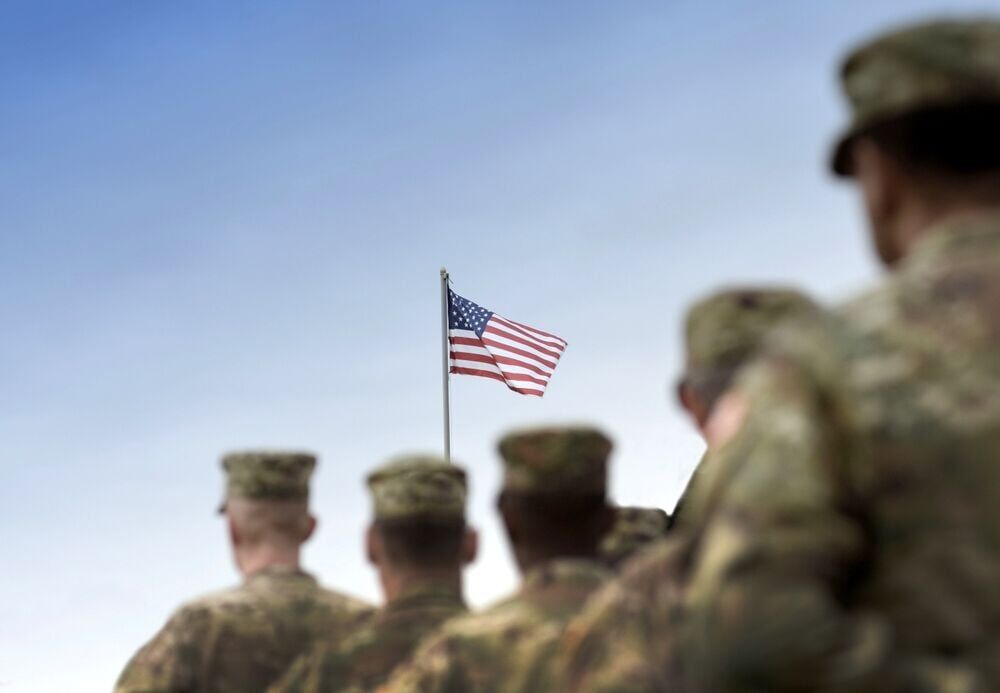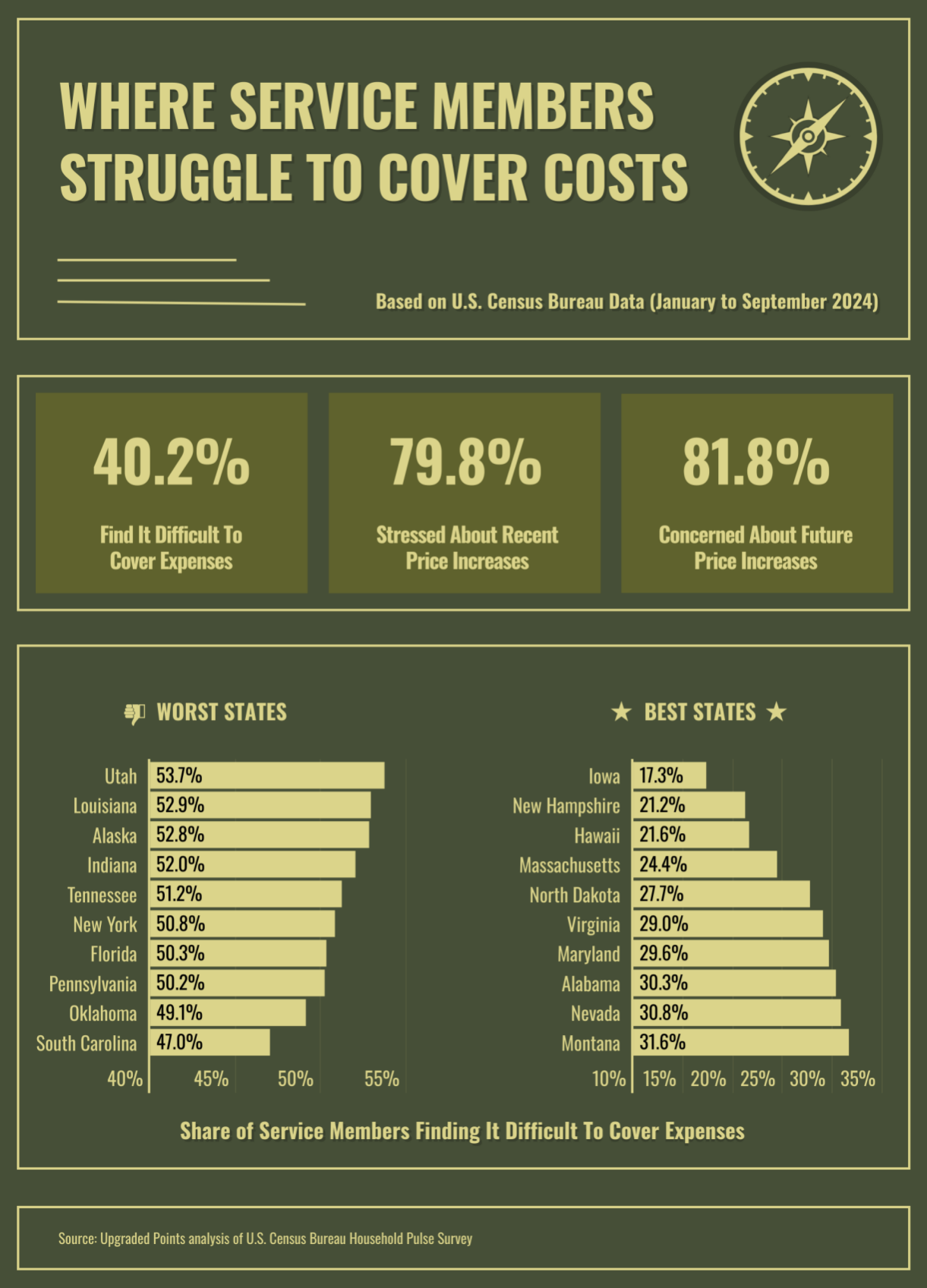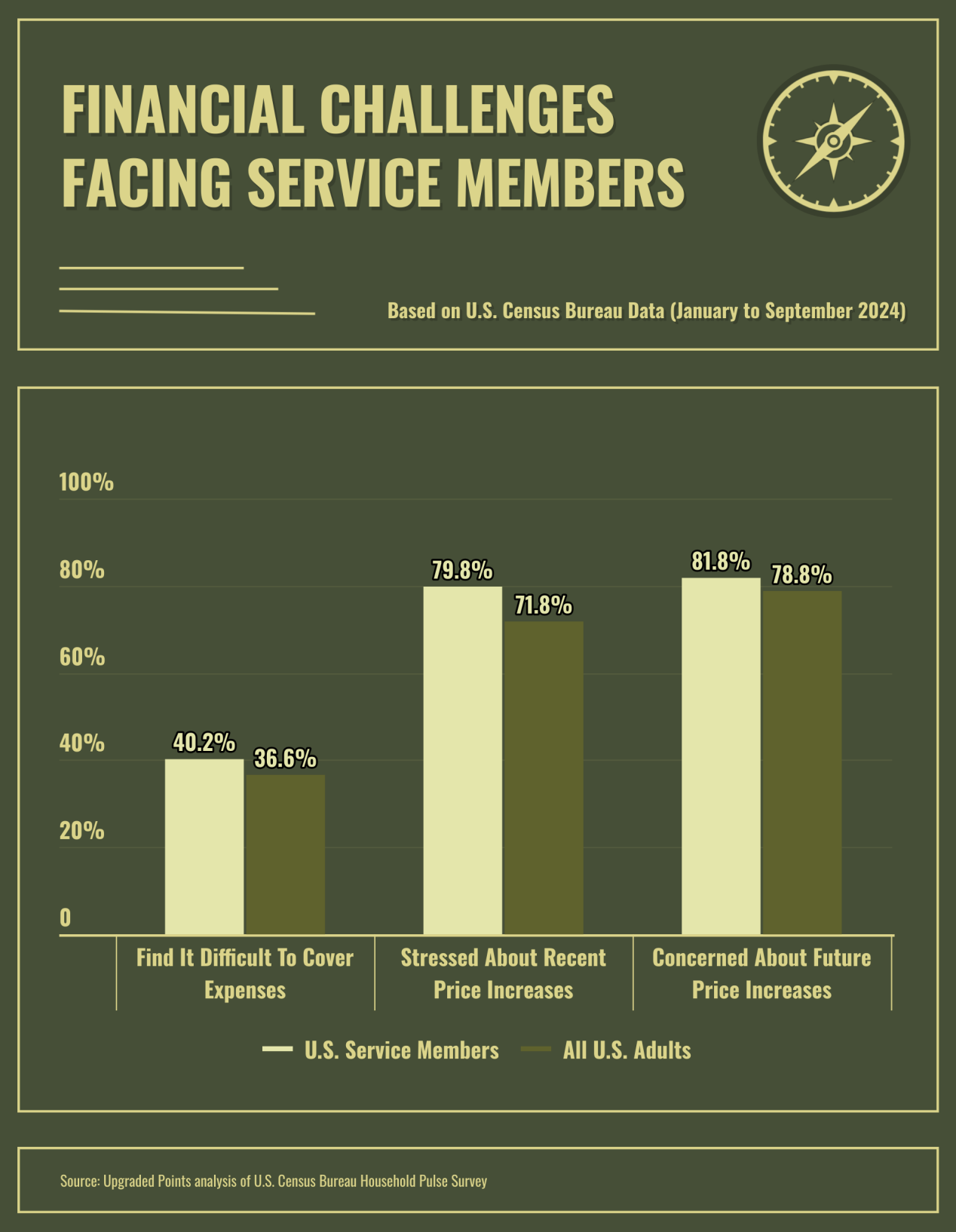
An MH-65 Dolphin helicopter crew deployed to Guam from U.S. Coast Guard Air Station Barbers Point in Hawaii flies patterns to assess winds and terrain before conducting rescue hoist training at Sella Bay Overlook in Guam on March 8, 2023. (Chief Warrant Officer Sara Muir)
UPDATE: The U.S. Coast Guard has been forced to postpone the MH-65 Dolphin helicopter crew’s visit to Saipan today, March 20, 2023, as the aircrew is engaged in the search for a missing spearfisher off Blue Hole, Guam.
“We do apologize for any inconvenience or disappointment, but search and rescue takes precedence,” stated an email message from the U.S. Coast Guard on Saturday.
SANTA RITA, Guam—A U.S. Coast Guard MH-65 Dolphin helicopter from U.S. Coast Guard Air Station Barbers Point and crew are scheduled to hold a search and rescue demonstration in Saipan on March 20, 2023.
Residents can expect to see and hear the aircraft in the Saipan area from March 19 to March 20. The aircrew is forward deployed to Guam from Hawaii for six weeks serving the people of Guam and the Commonwealth of the Northern Marianas Islands while working with U.S. Coast Guard Forces Micronesia/Sector Guam to assess the feasibility of more frequent operations in the islands.
- WHO: Lt. Cmdr. Andrew Cinque, aircraft commander, and the aircrew
- WHAT: Search and Rescue Demonstration
- WHEN: Monday, March 20, 2023, 9am to 9:30am
- WHERE: Outer Cove Dock, visitor parking at Smiling Cove Marina
The MH-65 Dolphin helicopter is a short-range recovery helicopter used by the crew to perform search and rescue, law enforcement, and homeland security missions. It is certified for all-weather and night-time operations, except for icy conditions, and it routinely deploys aboard certified cutters providing manned airborne surveillance and interdiction capabilities. The airframe was first added to the Coast Guard inventory in 1984 and has undergone several upgrades.
In recent memory, these operations mark the first deployment of a Dolphin helicopter crew to Guam and the Commonwealth of the Northern Mariana Islands. The District 14 assigned aircraft are primarily used as a search and rescue platform in the Main Hawaiian Islands and as an augment aboard major cutters on deployment to extend their range for search and rescue, law enforcement, and surveillance while at sea. The aircrews frequently participate in community relations events and subject matter exchanges to build awareness for service capabilities and encourage interest in the aviation career field.
“The Dolphin here now is not a replacement for any other agency but another resource to help us accomplish our missions and serve the people of Guam and the Commonwealth of the Mariana Islands,” said Simmons. “They are currently here on a six-week deployment as we field test the feasibility of their operating here in a greater capacity. This approach is an innovative way to employ aircrews in the Indo-Pacific for increased presence and value. We hope to get them out here more frequently and are pleased to have the support of the Air Station and the District 14 command.”
The operations have precedent. In 1947 the service established a Coast Guard air detachment consisting of one PBY-6A Catalina—a flying boat and amphibious aircraft—and crew at the Naval Air Station, Agana, Guam, to provide aerial logistics support for LORAN stations in the southern Marianas and Western Caroline Islands. The Catalina was well suited to operations in the islands, able to haul cargo but also land in the shallow lagoons and offload to skiffs. The Coast Guard air detachment, by then called an air station, was disestablished in 1972 as LORAN missions changed and commercial air services were more readily available.
U.S. Coast Guard Forces Micronesia/Sector Guam comprises nearly 300 personnel throughout the response, prevention, administrative, and logistics departments supporting the Joint Rescue Sub-Center, three fast response cutters, a small boat station, and a marine safety detachment in Saipan. The unit provides a significant portion of the U.S. Coast Guard’s enduring regional presence serving the people of the Pacific by conducting our six major operational mission programs: maritime law enforcement, maritime response, maritime prevention, marine transportation system management, maritime security operations, and defense operations. (USCG)
Editor’s Note: This story was updated on March 19, 2023, to reflect the latest message from the U.S. Coast Guard about postponing this site visit to Saipan.
WASHINGTON, D.C.—The U.S. House of Representatives passed the Northern Mariana Islands U.S. Workforce Act today.
Delegate Gregorio Kilili C. Sablan (Ind-MP) managed the bill for Democrats. Natural Resources Committee chair Rob Bishop of Utah managed for the Republicans. The two men introduced the legislation, H.R. 5956, on May 24, and have been working together on its provisions since 2016.
The legislation winds down, over a 10-year period, the current foreign labor program and other policies that transitioned the Marianas into the U.S. immigration system. It contains significant new protections for U.S. workers from unfair competition from foreign labor and incentivizes employers to hire U.S. workers. The legislation also takes aim at fraud and abuse of the system to protect the legitimate local businesses that still depend on foreign workers.
In his statement on the bill, Sablan emphasized new requirements that no U.S. worker can be passed over for a job and that protect wages and working conditions for U.S. workers.
“Also, the fees that employers pay will be put to effective use, providing better training and apprenticeship opportunities for U.S. workers,” he added.
The bill is widely popular in the Marianas. It has broad support from elected officials, the business community, and the general public in the Marianas because it ensures that the current economic growth can continue.
Bipartisan effort produces results
Sablan also used his time on the floor of the House to thank Bishop and other members of the bipartisan, bicameral working group that crafted the legislation.
“In particular, I am grateful to Sens. Lisa Murkowski and Maria Cantwell, who lead the Senate Energy and Natural Resources Committee,” said Sablan. “Senate Judiciary Committee [chair] Chuck Grassley has also been deeply involved.
“Without this underlying bipartisanship we would never have been able to get the bill through Congress.”
The group first tackled Marianas labor issues in late 2016, after a surge in Chinese construction workers blocked local businesses access to labor. The group responded with legislation that President Trump signed into U.S. Public Law 115-53 in August 2017.
Building on that success the bipartisan group then developed a consensus on how to wind down the transition period over the next 10 years, while providing tough, new protections for both U.S. workers and local businesses in the Marianas.
“By listening to each other, and because we share a common concern to better the lives of Americans—even Americans in the far-away Marianas,” Sablan explained, “we succeeded in agreeing on this second bill, the U.S. Workforce Act.
The Marianas delegate also thanked his constituents for their help. “During the almost 10 years I have been in office, so many constituents have shared their experiences with me and given me their ideas on what federal policy would best fit our islands.
“I listened to them and spoke for them. And we have incorporated their experiences and their ideas into the U.S. Workforce Act,” said Sablan.
“I believe my constituents’ needs are well represented, because the legislation has the full support of the Marianas governor and Legislature, of the business community, and of the men and women who meet and talk with me in everyday life.”
H.R. 5956 now goes to the Senate for approval. Virtually identical legislation already passed the Senate by unanimous consent in April. (PR)
Photo Credit: Jacob Lund / Shutterstock
Upgraded Points conducted the analysis using the latest data from the U.S. Census Bureau Household Pulse Survey Phase 4.0–4.2, covering the period from January 9, 2024, to September 16, 2024. Service members were defined as adults currently serving in the U.S. armed forces (Active Duty, Reserve, or National Guard) and their spouses.
This analysis focuses on 3 key questions from the survey:
- Difficulty Covering Household Expenses: Respondents were asked, “In the last 7 days, how difficult has it been for your household to pay for usual household expenses, including but not limited to food, rent or mortgage, car payments, medical expenses, student loans, and so on?” We defined difficulty as either “very difficult” or “somewhat difficult.”
- Stress Due to Price Increases: Respondents were asked, “How stressful, if at all, has the increase in prices in the last two months been for you?” We defined stress as either “very stressful” or “moderately stressful.”
- Concern About Future Price Increases: Finally, respondents were asked, “In the area you live and shop, how concerned are you, if at all, that prices will increase in the next 6 months?” We defined concern as either “very concerned” or “somewhat concerned.”
Statistics with fewer than 50 survey responses were omitted from the analysis. Additional statistics on home prices were sourced from Zillow’s Home Value Index, and unemployment rates were sourced from the U.S. Census Bureau’s 2023 American Community Survey 1-Year Estimates.
For complete results, see Rising Costs Hit Military Families Hard: Here’s How You Can Help on Upgraded Points.
Photo Credit: Bumble Dee / Shutterstock
One of the most impactful ways to support service members, veterans, and their families who are facing financial hardships is through donations to reputable charities. These organizations are dedicated to addressing the unique challenges faced by military families and veterans, providing vital assistance in areas like housing, medical expenses, scholarships, and career training. To help guide your generosity, we’ve compiled a list of top-rated charities based on scores from Charity Navigator, CharityWatch, and GuideStar, which assess organizations on criteria such as impact, efficiency, accountability, and transparency.
Here are some of the best charities supporting military families and veterans in need:
1. USO
For over 80 years, the USO has provided crucial support to active-duty service members and their families. From financial assistance programs to community-building initiatives, the USO helps service members stay connected to loved ones while addressing their most pressing needs during deployments and transitions.
This charity is focused on providing specially adapted homes for severely injured post-9/11 veterans. It helps veterans regain independence. Homes For Our Troops also provides financial planning and household budgeting to ensure long-term stability for the recipients.
3. Iraq and Afghanistan Veterans of America (IAVA)
Dedicated to advocating for veterans of the Iraq and Afghanistan wars, IAVA works to improve government policies and programs that support military families. Its advocacy ensures veterans have access to financial resources, healthcare, and education opportunities.
This foundation builds “comfort homes” near military and VA medical centers, allowing families to stay free of charge while a loved one is hospitalized. By reducing travel and lodging expenses, Fisher House eases financial stress during difficult times.
Offering a range of programs focused on financial stability, wellness, social support, and education, Hope For The Warriors provides critical support to service members, veterans, and their families. Its services include direct financial assistance for transitioning service members and veterans in need, career training and job placement, and scholarships for spouses.
Semper Fi & America’s Fund assists wounded, ill, and injured service members and their families through direct financial assistance and case management during hospitalization and recovery. The organization also provides educational support, career assistance, and health and wellness services.
7. Wounded Warriors Family Support (WWFS)
WWFS supports families of those wounded or killed in combat through programs like medical travel grants, meal and housekeeping assistance, in-home care services, and family retreats. By addressing these families’ immediate and ongoing needs, WWFS alleviates the financial burdens of those suffering from recent tragic events.
For more information, a detailed methodology, and complete results, see Rising Costs Hit Military Families Hard: Here’s How You Can Help on Upgraded Points.
More than half of service members in certain states have difficulty covering basic household expenses. Image Credit: Upgraded Points
Across the U.S., the financial burden on service members varies significantly from state to state, primarily influenced by local economic conditions. According to the most recent data, Utah leads with 53.7% of service members reporting difficulty covering basic household expenses, closely followed by Louisiana (52.9%) and Alaska (52.8%). Other states where over half of service members are struggling include Indiana (52.0%), Tennessee (51.2%), New York (50.8%), and Florida (50.3%).
A key issue service members frequently raise is that their Basic Allowance for Housing (BAH) has not kept pace with the rapidly rising cost of housing. In states where service members face the greatest financial difficulties, such as Utah, Indiana, Tennessee, and Florida, home price increases have far exceeded the national average, exacerbating the strain on household budgets.
Another critical factor affecting military families is the employment challenges military spouses face. According to the Department of Defense, the military spouse unemployment rate was 21% in 2023, compared to a national rate of 3.6% that year. Many military bases are located in rural or remote areas, limiting job opportunities for spouses, particularly in specialized fields. Additionally, frequent relocations make it difficult for spouses to sustain long-term careers, especially for those in professions requiring state-specific occupational licenses that can be difficult to transfer.
Service members are also more likely to report financial struggles in states with higher-than-average unemployment rates, such as Louisiana, Alaska, and New York. Conversely, the state unemployment rate is below average in 9 of the 10 states where service members report the least financial difficulty. This suggests that strong local employment opportunities, particularly for spouses, significantly ease the financial burden on military households.
Service members are struggling more financially than the average American. Image Credit: Upgraded Points
According to recent Household Pulse Survey data, members of the armed services are experiencing financial strain at higher rates than the general U.S. population. Over 40% of service members report difficulty covering their usual household expenses, compared to 36.6% of all U.S. adults.
The data also shows heightened anxiety among service members regarding rising prices. Nearly 80% of military personnel express stress about recent price increases, significantly higher than the 71.8% of all U.S. adults who share similar feelings. Furthermore, 81.8% of service members are concerned about future price hikes, reflecting widespread uncertainty about inflation’s long-term impact on household budgets.







